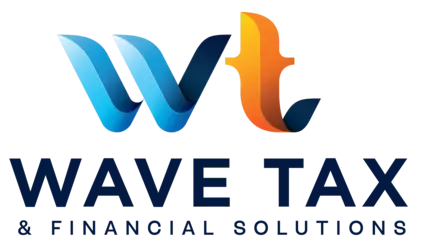Entrepreneurs and self-employed professionals have more than one way to set up a retirement account for themselves and their employees. Two of the most popular are the SIMPLE IRA and the SEP IRA, which offer many of the key tax advantages of a regular IRA, and avoid the administrative complications of typical retirement plans, such as a 401(k).
Although they share the IRA label, SEP IRAs and SIMPLE IRAs are not intended for individuals, but for businesses, including sole proprietorships. If you are an individual looking to set up a traditional IRA or a Roth IRA, we recommend you consult this note.
What is a SEP IRA?
SEP stands for Simplified Employee Pension, and this plan is available to employers, including the self-employed. In it, only the employer makes contributions to the account of up to 25% of an employee’s annual compensation, and up to a total contribution of $66,000 by 2023.
The employee immediately acquires 100% of the SEP IRA contributions and has full control of the money. With a SEP IRA, the money is only taxed when it is withdrawn, and if that occurs before age 59 ½, an additional 10% penalty will be imposed.
In addition, you will have to take mandatory minimum distributions from the account in accordance with the rules set forth by the IRS, which require distributions to begin at least at age 73.
You can also like: Learn about Tax Advantages of Traditional and Roth IRAs Accounts
What is a SIMPLE IRA?
SIMPLE stands for Savings Incentive Match Plan for Employees, and is available to businesses (including self-employed individuals) with no more than 100 employees earning more than $5,000 in the previous year.
With a SIMPLE IRA, employees can deduct contributions from their payroll and deposit them into their account, where they can grow tax-deferred until retirement. The plan allows employees to contribute up to $15,500 in 2023, while those over age 50 can add another $3,500 (in 2023).
On the other hand, companies must contribute to their employees’ SIMPLE IRA, and they have two options:
- Match employee contributions dollar-for-dollar, up to 3% of individual earnings;
- Contribute 2% of employees’ salaries up to the annual compensation limit of $330,000 by 2023.

Major Differences Between SEP IRAs and SIMPLE IRAs
Although SEP IRAs and SIMPLE IRAs closely resemble 401(k) programs, they differ in important ways, as well as from each other. Both programs are established by companies on behalf of their employees and have distribution rules similar to those of a traditional or Roth IRA.
The main differences between the two programs are as follows:
- The SEP IRA only allows employers to contribute to the plan, and employees cannot add money.
- The SIMPLE IRA allows employees to add money through optional payroll deferrals, so they can control how much they want to save.
- With the SIMPLE IRA, employers must contribute some amount to their employees’ accounts or risk running afoul of the IRS.
- With a SEP IRA, businesses can contribute to the plan, but are not required to.
Both plans are popular with small businesses, especially the self-employed, because of the ability they offer to accumulate large amounts of money above and beyond what they can do in their own personal IRA.
The SEP IRA and SIMPLE IRA were created to help small businesses, including the self-employed, have a more robust vehicle to help employees save for retirement. The plans have high maximum contributions and offer different benefits, but it is up to employers to decide which plan best suits them and their financial situation.
Finally, the self-employed may want to consider another retirement plan, the individual 401(k), which offers other advantages.
Remember, Wave Tax is here to help you organize your finances – contact us at info@wavetax.us

